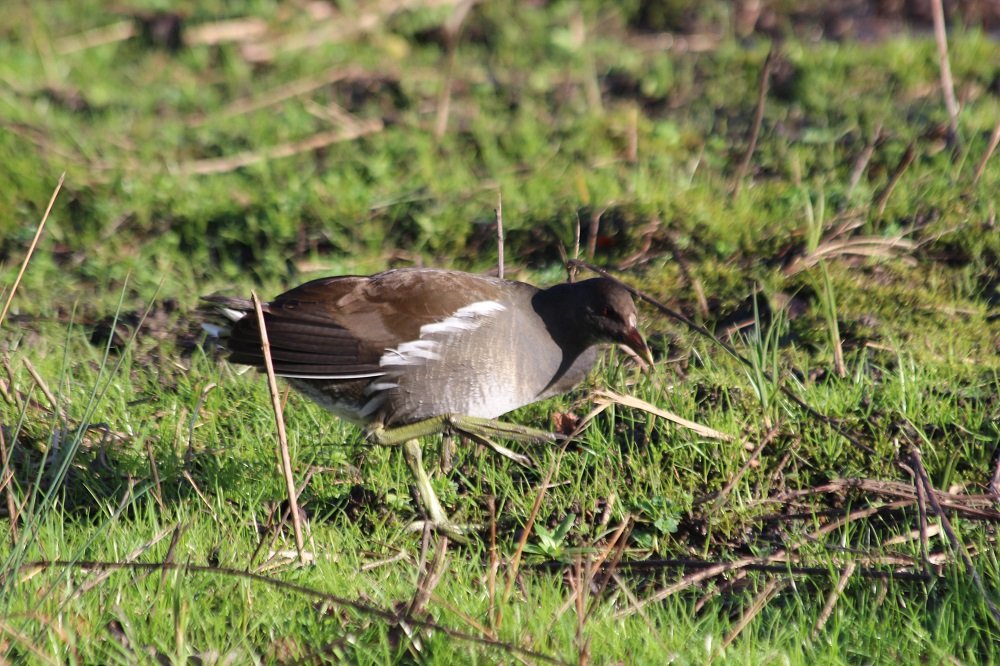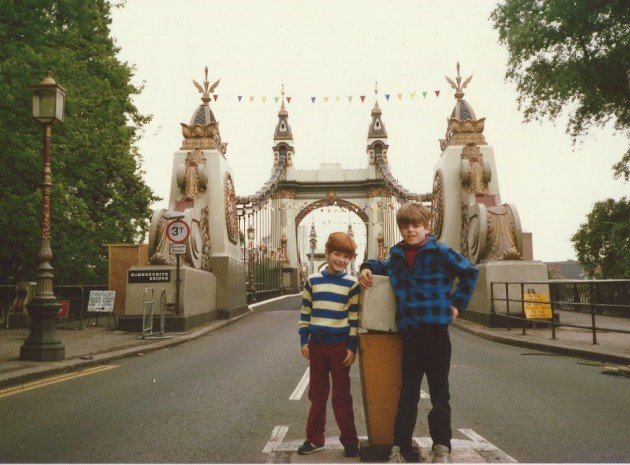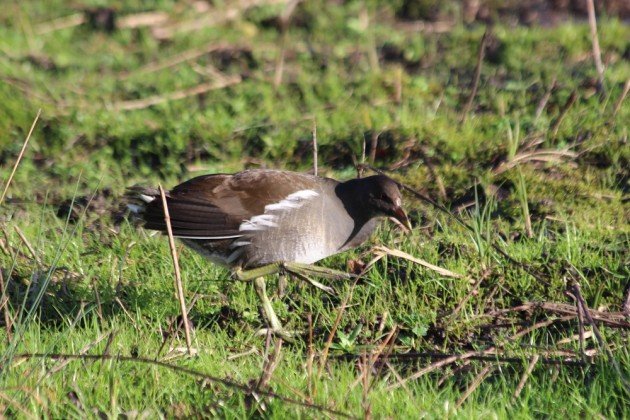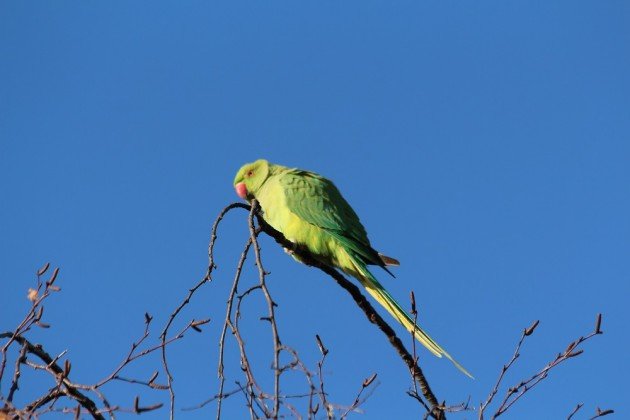
My first ever story for 10,000 Birds was about the wonderful city reserve of Karori Wildlife Sanctuary, here in Wellington, a city that has been my home for 9 years this week. To celebrate this I thought I’d talk about an urban reserve on the other side of the world, because my introductions are nothing if not tenuous. Actually, there are connections, like Karori (or Zealandia as we must now call it) this reserve is a reclamation of a defunct reservoir to be repurposed as a popular nature reserve for city flock. The connection is personal too; it’s location, in Barnes in south-western London, was my home for many years. I left the area before the old reservoir was converted to a reserve, but I used to walk my dog in another of the neighbourhood’s reservoirs (which is also now a small reserve) and so I have long been keen to go back to my old stomping grounds and see the WWT London Wetland Centre.
The opportunity finally presented itself on New Year’s Eve last year, where after stumbling blinking and not a little bit hung-over from my friend’s house after a long-overdue catch-up I made my way there to see what was what. It was sunny and warm, as pretty much every day was last December in Britain (one frost in the whole month – terrifying), so I decided to walk from Hammersmith so I could also check out my old neighbourhood. It was pretty much like I had left it, nearly twenty years ago, only the great pub on the corner was a nursery. A nursery! At least the Italian place was still there, I always thought it was the best place to eat south of the Thames (and it seems it is still a fine place to go according to Trip Advisor). Sadly it was shut, so I should probably get back to the birds.
 Hammersmith Bridge as it was (thanks Dad)
Hammersmith Bridge as it was (thanks Dad)
The London Wetlands Centre was converted and is managed by the Wildfowl and Wetlands Trust, founded by the famous duck and swan enthusiast Peter Scott. They manage a number of reserves around the UK to protect waterfowl, the most famous being Slimbridge (another iconic place I haven’t made it to yet). I’ve also previously recounted a visit to see the swans at Martin Mere in Lancashire. The London centre was the result of a long-running desire to create an urban reserve, to bring nature the centre of London. As improvements in London’s water infrastructure were brought in in the 19080s and 1990s the Barn Elms reservoirs became redundant, and the water authority, trust and a private company were able to convert them into a reserve. The reservoirs themselves were drained and the concrete broken up and used of the centre, and then the land was sculpted to create several large and small bodies of water as well as extensive reedbeds and some damp grasslands.
I didn’t have long to stay at the reserve so I did a quick walk through the ornamental pools near the entrance – as in many WWT reserves these are given over to the breeding collections of exotic species (although these are smaller in London than elsewhere. I wanted to get to the action, and near the entrance is the large lake, were almost the first bird I saw was my second to last year bird of last year – a Gadwall. Also in evidence were a lot of the usual suspects, Common Moorhens, Eurasian Coots, Tufted Ducks, Mute Swans, Canadian Geese and Mallards. Another nice bird is the Common Shelduck, a bird I more usually associate with the coast and estuaries. Also obvious were several large Grey Herons standing sentry on several of the islands. I was told that a few minutes ago a Peregrine Falcon had been seen on one of the islands, but I couldn’t find it.
I swung left to a huge hide that overlooked most of the reserve, and in particular had a great view over an area not unlike a large flooded field. From here Eurasian Wigeon, Northern Shovellers, Common Teal and Greylag Geese could be seen. There were a number of volunteers in the hide that could help with identifications and even had scopes up on the more interesting species, and they found me some Common Snipe. They were also able to talk about what rarities might be about, like the Eurasian Bittern hiding in reeds on the other side.
There wasn’t much chance I’d see the bittern as they take time to wait out, but it was a longshot I considered worthwhile. I walked around the reserve to the other side, passing some feeding Egyptian Geese; this was the first time I’ve seen this African colonist in England. The species has taken over Germany so I imagine it is only a matter of time before it is ubiquitous in England too. I didn’t manage to find the bittern, but I did add Little Grebe and Common Pochard to my day.
On the way out I reflected on a number of things, namely how glad I was that they had done such a great job in the attempt to bring a bit of the wild into London, but also how much I missed the area. I’m happy in New Zealand, but I do miss London too, and now it seems London is better than when I left. But London had one last treat for me before I left, another introduced species, but one that is uniquely a London speciality.
Ringed Parakeet, my last year bird of 2015 and the ultimate London bird
***
Getting to the WWT London Wetland Centre is pretty simple, Hammersmith is served by the Hammersmith and City Line, District Line and Piccadilly Line (making it important for most basic Mornington Crescent gambits). From there the 283 bus is direct, and a number of other buses go near it. As Hammersmith is on a direct line from Heathrow on the Piccadilly Line, it may be possible to visit on a layover.















Thank you for highlighting your visit to London Wetlands Centre. I thoroughly enjoyed my visit in October and highly recommend it too. Another treat when in London is to catch up with Ralph Hancock in Kensington Gardens and Hyde Park. He gives a lovely tour around the Long Water and Serpentine and can show you usually a Little Owl pair that you might miss otherwise. I hope you don’t mind my mentioning it here and hope you will remove this if it seems inappropriate. http://kensingtongardensandhydeparkbirds.blogspot.co.uk/2016/01/todays-best-picture-is-by-tom-bell.html
Remember to check for opening times.
09.30 – 16.30 in the winter, staying open an hour later during the Summer.